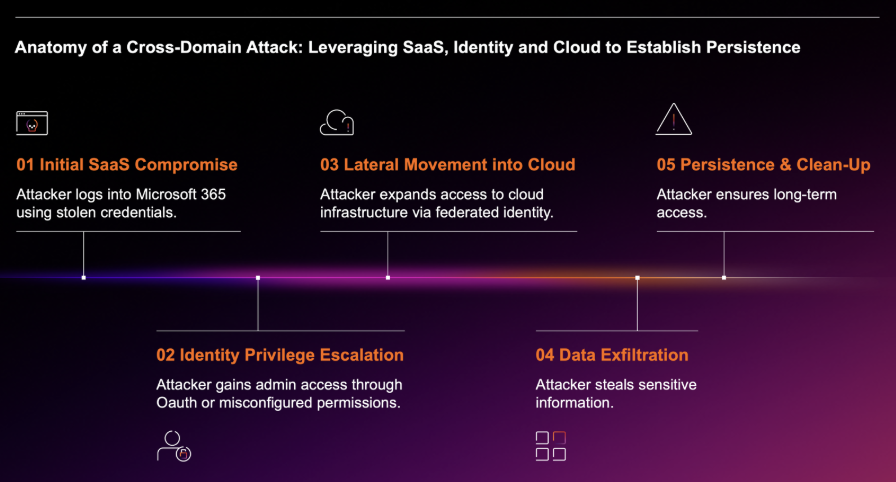In the lead-up to the 2020 US election, Microsoft and its partners attempted to bring down the pernicious Trickbot malware and reduce election tampering attempts. These efforts were successful, to an extent: the takedown effectively eliminated 94% of Trickbot’s infrastructure and massively reduced its influence in late 2020.
Malware rarely stays dead, however. We discussed previously how the arrests which followed REvil’s widespread attacks in 2021 have done little to disrupt that group’s Ransomware-as-a-Service operation, and how Ryuk ransomware fell into new hands after being abandoned by its creators.
Trickbot has seen a resurrection of even greater proportions. By June 2021, when Darktrace detected a Trickbot intrusion in one of its customer environments, the malware was far from a forgotten, ineffectual strain. It had instead become the most prevalent malware in the world.
It was only due to a last-minute activation of Darktrace’s Autonomous Response that this customer was able to avoid falling victim to a successful ransomware attack. Because it can take action at any stage of an attack, Autonomous Response could interrupt Trickbot even after it had taken root within the digital environment, and successfully prevent the execution of ransomware.
Trickbot takes root
The intrusion took place at a public administration organization in the EMEA region. Prior to Darktrace’s deployment, a single internal domain controller had been compromised by Trickbot, which then lay dormant for at least a month. By the time the malware began to take action, however, Darktrace’s AI had been deployed. Despite entering a compromised environment, the AI was able to differentiate between benign and malicious activity and immediately detect the threat, though at this point Autonomous Response was configured to not take any action without human confirmation.
Darktrace detected the compromised domain controller uploading a malicious DLL file – very likely Trickbot itself – to approximately 280 devices in the organization over SMB, and then using Windows Management Instrumentation (WMI) to configure and execute it. Despite Trickbot’s age and infamy, tools dependent on threat intelligence remained silent at this stage.

How attackers resurrected Trickbot
Trickbot’s modular nature makes it a perfect gateway for a host of criminal activities, and keeps the malware itself adaptable and therefore hard to defend against. The action coordinated by Microsoft successfully took down the known IP addresses of multiple Trickbot command and control (C2) servers and temporarily prevented Trickbot operators from purchasing or leasing new ones. But it did not take long for the Trickbot infrastructure to be rebuilt, and in May and June of 2021 it was again deemed the most prevalent malware in a Global Threat Index.
Trickbot’s ability to evolve and circumvent existing OSINT was demonstrated in this attack, as Darktrace noticed 160 of the 280 compromised devices it had detected beginning to connect to a host of new C2 endpoints. None of these had OSINT associating them with malicious activity, but Darktrace considered the activity highly unusual in the context of previous behavior, and the security team were notified of this potential high-severity incident via a Proactive Threat Notification (PTN).
The attackers laid low for over a month, before the compromised devices were detected downloading masqueraded executable files and conducting anomalous scanning activity. These files were likely Ryuk ransomware payloads. By spacing out these stages of the attack, the threat actors made it harder for human teams to connect the dots and reveal the full scope of the threat.
Darktrace’s Cyber AI Analyst, which investigates and triages threats across entire digital environments, was able to piece these disparate events into a single attack narrative, however, and deliver a further PTN. Due to the severity of the situation, the customer submitted to Darktrace’s Ask the Expert (ATE) service to receive assistance with their threat response.

Figure 2: Cyber AI Analyst investigates suspicious executable files being spread to multiple internal devices
Autonomous Response shuts down a late-stage attack
Having understood the scale of the threat they now faced, the team activated Autonomous Response to take autonomous action to contain the threat. If Autonomous Response had been in place from the beginning, it would have stopped this attack in its earliest stages, while it was restricted to a single compromised domain controller. Crucially, however, Autonomous Response can take action at any stage of a ransomware attack.
Even at this late stage, it was able to halt the attackers and prevent Ryuk from being executed on the network. The AI blocked a chain of malicious activities including SMB enumeration, networking scanning, and suspicious outbound connections in seconds, disrupting the attack while enforcing normal business operations to ensure that the rest of the company’s work could continue uninterrupted.
With their C2 communications and lateral movement efforts disrupted, the attackers were unable to execute Ryuk, and the attack came to an end just in time. It is likely that this last-minute activation of Autonomous Response avoided widespread data encryption and possibly exfiltration, as well as the numerous costs which follow a successful ransomware attack even if a ransom is paid.
Deploying Autonomous Response before it’s too late
Despite only being activated once the attack had taken root, Darktrace was still able to distinguish malicious activity from normal business operations and stop the threat without causing disruption. Next time an attack strikes, this organization will be prepared with Autonomous Response in fully autonomous mode from the outset, ready to take action at the first sign of an emerging threat and minimize their remediation efforts.
The journey to fully autonomous security requires organizations to build trust in AI’s accuracy and decision-making. What this journey looks like for each individual organization will differ, but the need for technology that can autonomously respond to emerging threats is not a lesson any organization ought to learn the hard way.
Thanks to Darktrace analyst Sam Lister for his insights on the above threat find.











































